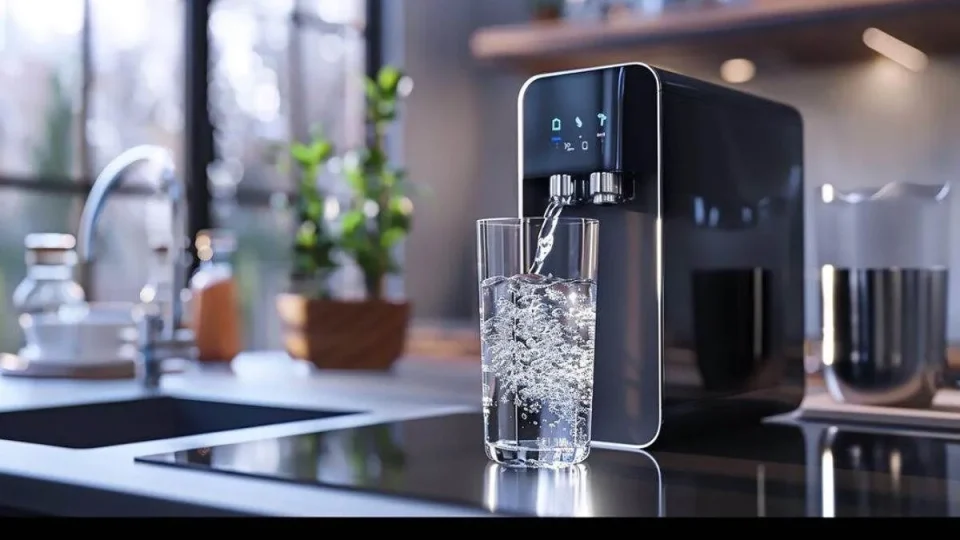If you’ve ever looked into buying a water filter for your home, you’ll know the price tags can vary wildly. Some units cost as little as a few thousand baht, while others go well past the five-figure mark. So what exactly drives the difference? It turns out, there are a few clear reasons why the home water purifier price can go up or down.
Understanding what you’re paying for makes it easier to find something that fits your needs without wasting money on features you won’t use.
Type of Filtration System
This is often the biggest factor. Basic carbon filters are cheaper because they only handle chlorine, odor, and some sediment. More advanced systems like reverse osmosis or multi-stage purifiers can handle a wider range of contaminants, which makes them more expensive.
Some systems also include UV sterilizers or mineral cartridges that adjust the water’s pH. Each added feature pushes the cost up.
Build Quality and Design
Materials matter. Units made with stainless steel or BPA-free plastics will usually cost more than their basic plastic counterparts. Touch controls, LED indicators, and other convenience features also play a role.
Countertop systems might be cheaper than under-sink models, but they don’t always offer the same capacity or pressure. Slimline designs that fit into modern kitchens without looking bulky also tend to come at a premium.
Filter Lifespan and Replacement Cost
A cheaper unit might seem like a bargain until you realize how often you need to replace the filters. Some purifiers need new filters every couple of months, while others can go half a year or longer without maintenance.
It’s worth checking how many filters the unit uses, how much each costs, and how often they need changing. Long-term cost can be just as important as the upfront price.
Water Output and Flow Rate
Some people just want clean drinking water. Others need filtered water for cooking, washing vegetables, or filling up kettles and pots quickly. Higher flow rates make a big difference if you’re using it throughout the day.
Units that support higher flow or multiple taps tend to be more expensive. It’s the difference between a personal-use model and something suitable for a whole family.
Smart Features
More purifiers now include smart tech like automatic filter replacement reminders, app connections, or touchless dispensing. These extras don’t change the water quality, but they do improve the experience.
If you like the idea of monitoring your system from your phone or want a unit that blends into a modern home setup, you’ll likely pay more for it.
Brand Reputation and Warranty
Established brands usually charge more, but they also offer better support, stronger warranties, and more consistent build quality. Cheaper models might work well at first, but support can be an issue down the line.
Warranties and customer service options are worth factoring into the cost, especially if you’re investing in a higher-end unit.
When it comes to buying a purifier, the price tag reflects a mix of performance, convenience, and long-term value. Knowing what each feature adds to the cost helps you make a smarter pick without going overboard.

